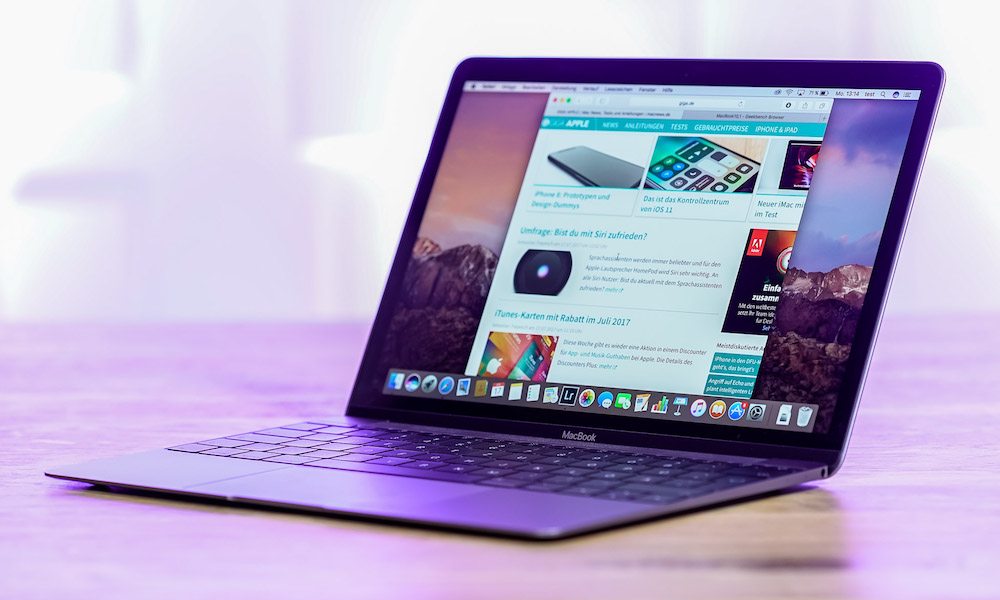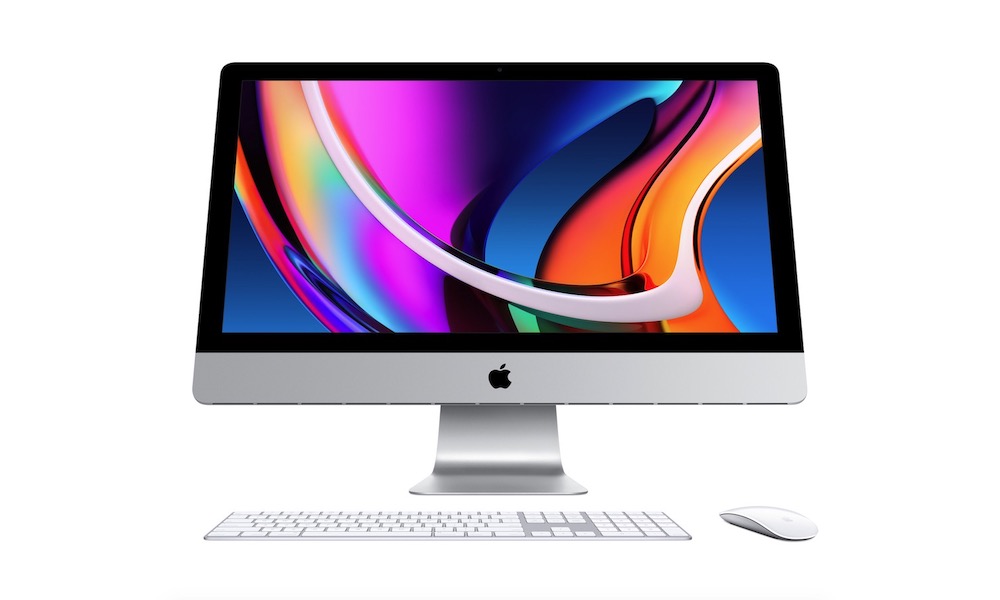Prepare to Bid Farewell to Intel-Based Macs

Toggle Dark Mode
Apple will soon end another era as it prepares to kick legacy Intel-based Macs to the curb. While this year’s macOS Tahoe 26 release will still support a few Intel Macs, it’s Apple Silicon or bust after this one.
The Macs that will be able to run macOS 26 are mostly the same ones we heard leaked in late May before Apple officially unveiled the new software release. In addition to every Apple Silicon Mac (of course), you’ll be able to install Tahoe on the 2020 MacBook Pro, the 2020 iMac, the 2019 Mac Pro, and the 2019 16-inch MacBook Pro (this last one differs from the earlier report, which suggested all 2019 MacBook Pro models would be supported).
That’s already a pretty short list of Intel Macs, and it’s likely Tahoe includes these because these are the ones that remained on the market into the early Apple Silicon era. The first MacBook Pro to get Apple Silicon was the low-end 13-inch model; Apple continued selling the mid-tier and high-end Intel versions until late 2021, when it replaced them with redesigned 14- and 16-inch M1 Pro and M1 Max.
The Mac Pro took even longer, with the first Apple Silicon release not arriving until WWDC 2023. This means there are companies that may have purchased an Intel Mac Pro that’s now only a little over two years old. Then there’s the 2020 iMac — the 27-inch model with no direct Apple Silicon replacement. Apple quietly discontinued that model in early 2022 after it released the Mac Studio and confirmed in late 2023 that there would never be another 27-inch iMac.
Understandably, Apple wants to give these last Intel Macs one more year of software updates. However, all good things must come to an end, and the company has officially confirmed that Tahoe will be the last release of macOS to offer support for Intel chips.
The sad news came during the Platforms State of the Union following last week’s Worldwide Developers Conference (WWDC) keynote. Next year’s macOS 27 release will only run on Apple Silicon Macs.
macOS Tahoe will be the last release for Intel-based Mac computers. Those systems will continue to receive security updates for 3 years.
Apple
Apple will continue offering security updates for macOS 26 for at least three years, much like it already does with macOS Sonoma and Ventura (and did for macOS Monterey until last summer).
While Apple plans to drop support for Intel hardware, the small silver lining is that Intel software will continue to live on for another year. Rosetta 2, the translation environment that Apple put into macOS Big Sur to ease us into Apple Silicon in 2020, will live on until 2027:
Rosetta was designed to make the transition to Apple silicon easier, and we plan to make it available for the next two major macOS releases – through macOS 27 – as a general-purpose tool for Intel apps to help developers complete the migration of their apps.
Apple
To put some context around this, the original Rosetta was introduced in Mac OS X Tiger to handle the transition when Apple moved the Macs to Intel in the first place in 2006. It remained a part of Mac OS X Leopard, but became an optional install the following year in Snow Leopard before being dropped entirely in Mac OS X 10.7 Lion in 2011. However, it’s important to note that Apple’s software releases were more spread out in those days, so while Rosetta was only available across three versions of Mac OS X, those spanned five years.
Rosetta 2 will live longer, but seven years is a pretty good run that’s given developers ample time to convert their apps from Intel to Apple Silicon architecture. Rosetta as we know it will be removed in macOS 28, although Apple says it “will keep a subset of Rosetta functionality aimed at supporting older unmaintained gaming titles that rely on Intel-based frameworks.”








